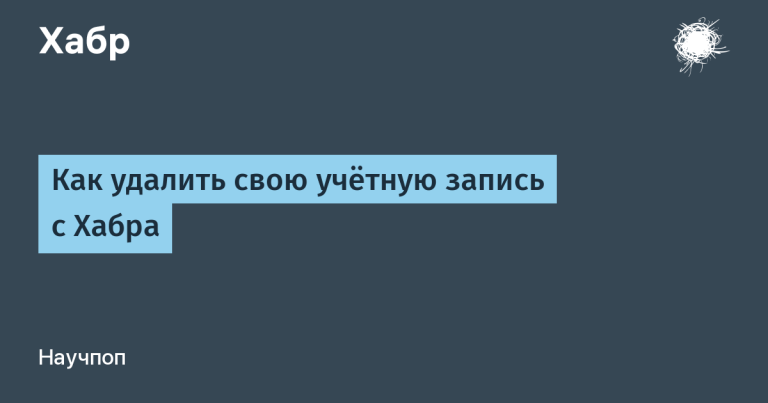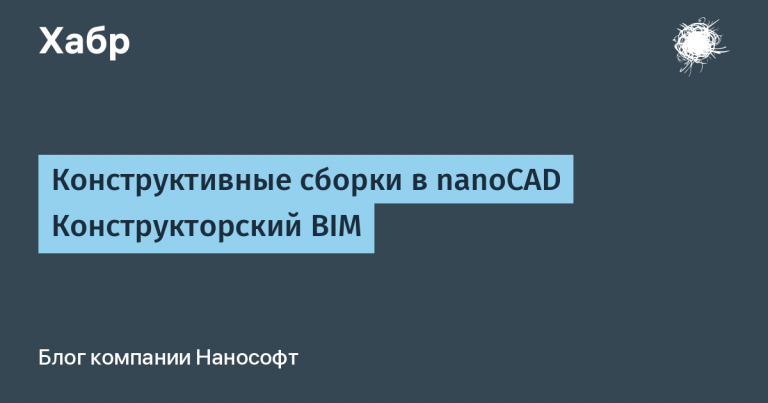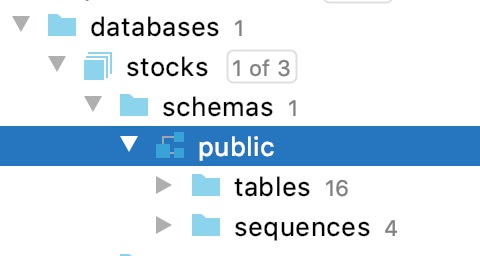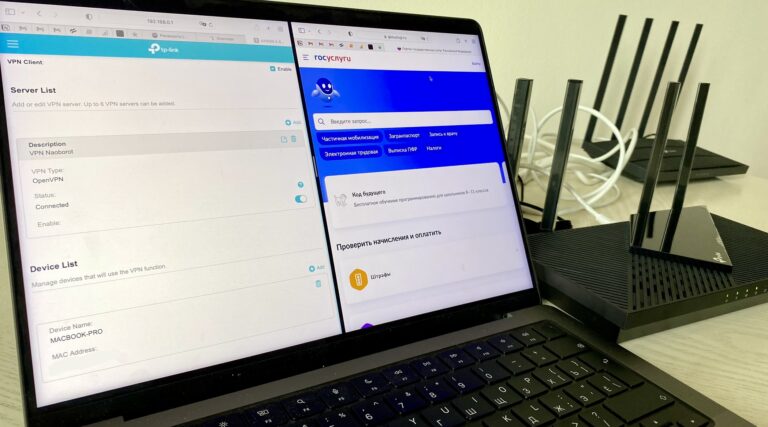What is a digital ruble? How will it work?
The digital ruble is an additional (third, along with cash and non-cash) form of the Russian national currency, which will be issued by the Bank of Russia in digital form.
The Central Bank proposes a preliminary mechanism of work as follows: each digital ruble is assigned a unique digital code. It will be in the client’s digital wallet on a special platform. First, the Central Bank will open wallets to the Federal Treasury and banks. Then financial institutions will give access to wallets to their customers. Only one digital wallet will be available to each client.
We, as developers of mobile applications, believe that the spread of the digital ruble will require complex changes in the logic and structure of mobile applications of banks. Most likely, by analogy with the SBP, the Central Bank of the Russian Federation will prepare uniform recommendations for the implementation of the digital ruble platform for commercial banks. And each bank will have to adapt to them even to the detriment of existing opportunities in the mobile application.
Probably, as in the SBP, this will be a strict sequence of requests for the transfer of digital currency, which may be fundamentally at odds with the logic of the bank’s application. To implement it, banks will have to not only make changes to the mobile application itself, but also implement new logic on the backend. Summarizing, in any case, the introduction of the digital ruble into mobile services will not happen “on click”. This will require a serious reworking of existing bank solutions and no less serious investments.
It is not a separate currency, it is an additional form of national currency with equal legal status. Now only two are in use: cash and non-cash. It’s not crypto. The cryptocurrency does not have an issuer – an issuing authority, but the digital ruble will have one – and this is the Central Bank of the Russian Federation. The main difference between the digital ruble and the money we are used to is that it is issued using digital technologies, and it differs from cryptocurrencies by the presence of an issuer.
Will it be possible to mine a digital ruble? Unlikely. There is no official information from the Central Bank on this issue, but we dare to assume that this is at odds with the concept. Mining involves the unlimited creation of payment units. While the issuance of the digital ruble will be set by the Central Bank.
Why is it needed at all? On bank cards there is a non-cash form of money, and the digital ruble, according to the concept of the Central Bank, will be the third form. It will be issued directly by the Central Bank, without reference to “paper” money. In addition, they rely on the digital ruble as a currency capable of conducting offline transactions.
The Bank of Russia is taking over the development of the main infrastructure — a software module integrated into banks’ mobile applications. This means that the main issuing and regulatory body should be responsible for safety. But our 12-year experience of working with banking projects shows that not everything is so simple. Such projects require a lot of attention and a lot of resources both on the part of the mobile application developer and on the part of a particular bank. In this sense, we can talk about shared responsibility: the main issuer is responsible for transaction security, developers and pentesters are responsible for cybersecurity, banks are responsible for implementation.
We can assume that the Central Bank will do everything to minimize the likelihood of fakes. In the digital space, this is perhaps even easier to track than with fiat currency.




